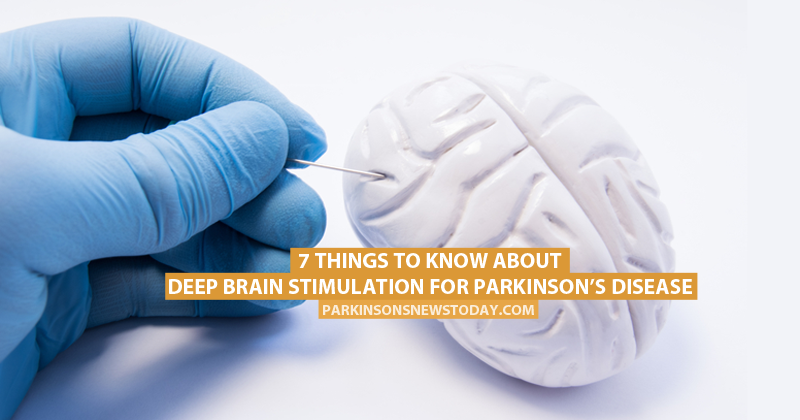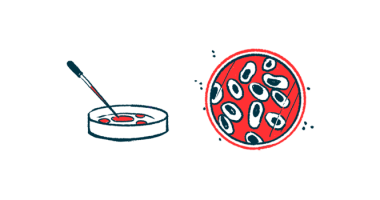7 Things to Know About Deep Brain Stimulation for Parkinson’s Disease

April is Parkinson’s Disease Awareness month so we’re looking at some of the treatment options available for people with Parkinson’s disease.
Although there’s no cure for Parkinson’s disease, there are medications that can help patients better cope with the symptoms of the condition. If patients no longer find these medications helpful, they have the option of deep brain stimulation. We’ve put together a list of things you should know about this treatment technique using information from the National Parkinson’s Foundation and the National Institute of Health.
It’s a surgical procedure.
Deep brain stimulation is a surgical procedure used to help people who suffer from Parkinson’s disease and other neurological movement disorders such as essential tremor and dystonia.
It’s used when medications fail.
The procedure is only used for patients whose Parkinson’s symptoms can no longer be controlled with medication.
It doesn’t damage the brain.
Deep brain stimulation doesn’t destroy any brain tissue or cells, it blocks the electrical signals in the brain which bring about tremors.
MORE: A Parkinson’s disease patient talks about his deep brain stimulation procedure.
It involves a neurostimulator.
A surgeon will implant a battery-operated neurostimulator in the brain which sends out electrical impulses to the parts of the brain controlling movement after identifying the target areas using MRI or CT scans.
There are three components.
There are three components to the neurostimulator: the battery pack which is inserted in the chest, stomach, or near the collarbone and is around the size of a stop watch; the lead or electrode, which is inserted into the targeted area of the brain; and the extension which is the wire running from the lead to the neurostimulator, which fits under the skin and runs down the neck.
It can be removed.
If the deep brain stimulation is found to be ineffective, the components can be easily removed without any damage to the brain.
It can reduce the number of medications needed.
Patients who have deep brain stimulation report a reduction in the medications they need to take to control their Parkinson’s disease symptoms.
MORE: Researchers identify factors of deep brain stimulation outcomes for Parkinson’s patients.
Parkinson’s News Today is strictly a news and information website about the disease. It does not provide medical advice, diagnosis or treatment. This content is not intended to be a substitute for professional medical advice, diagnosis, or treatment. Always seek the advice of your physician or another qualified health provider with any questions you may have regarding a medical condition. Never disregard professional medical advice or delay in seeking it because of something you have read on this website.






